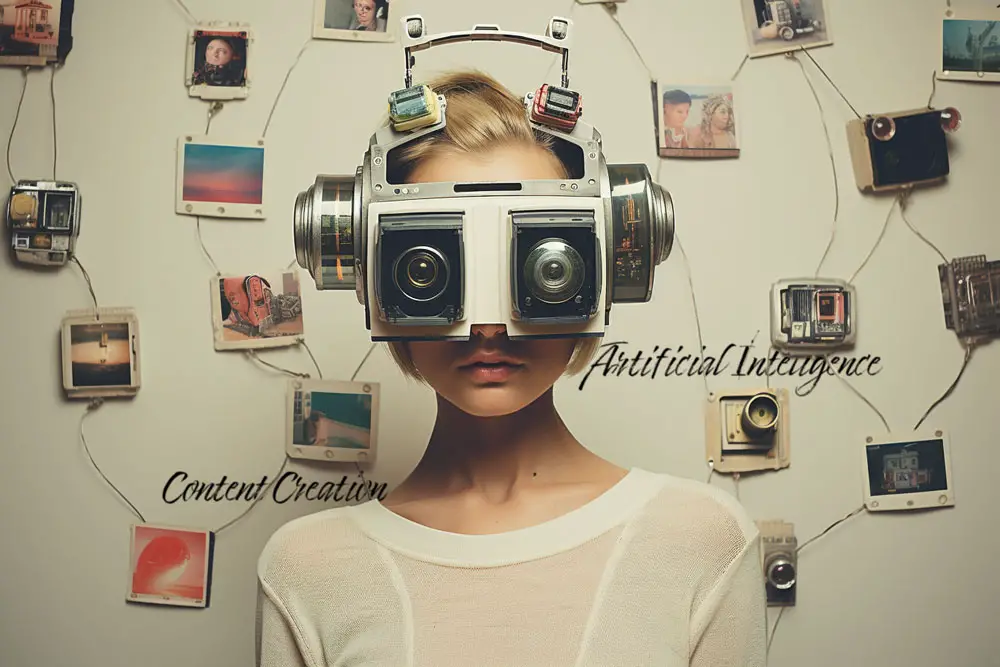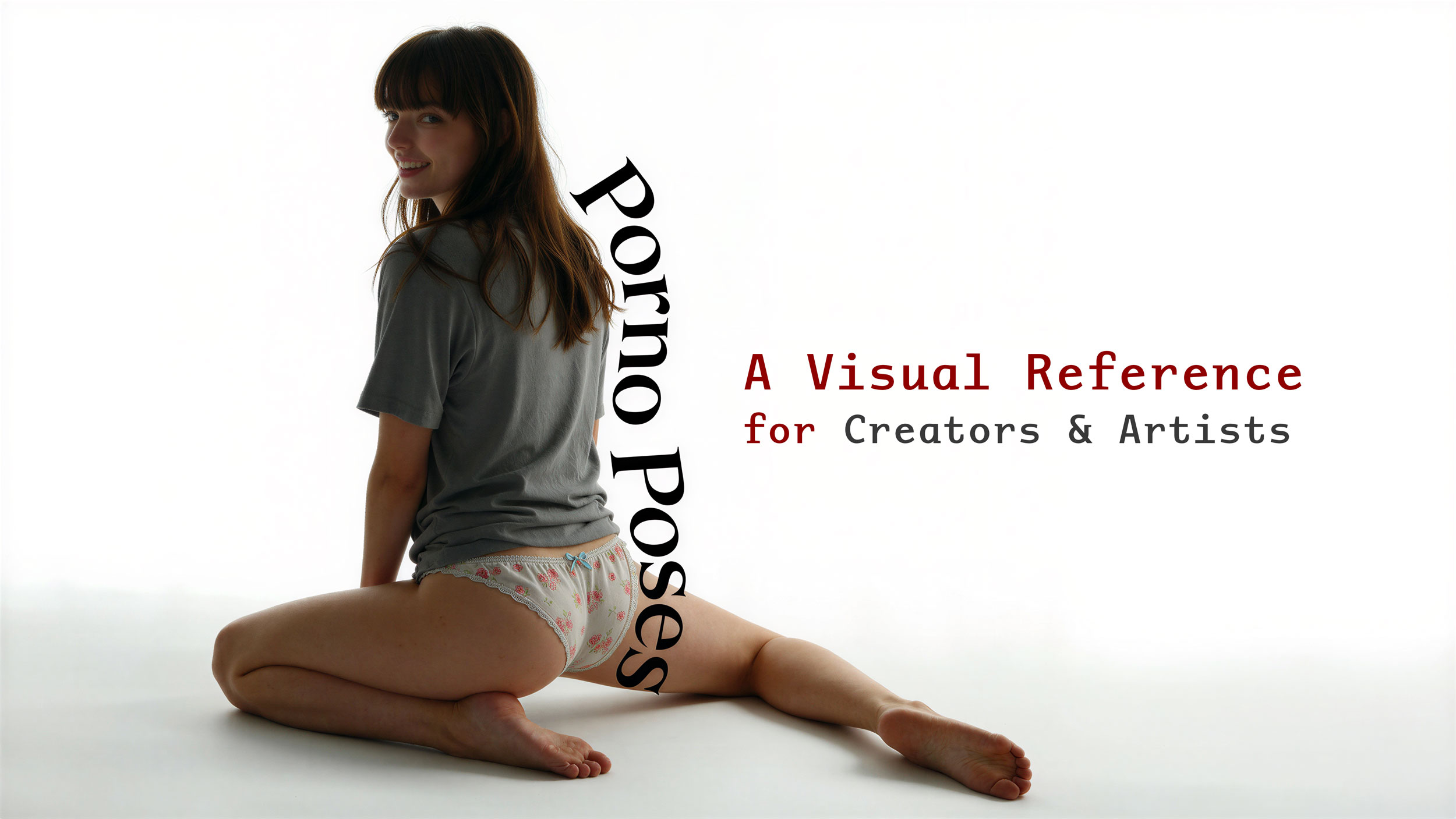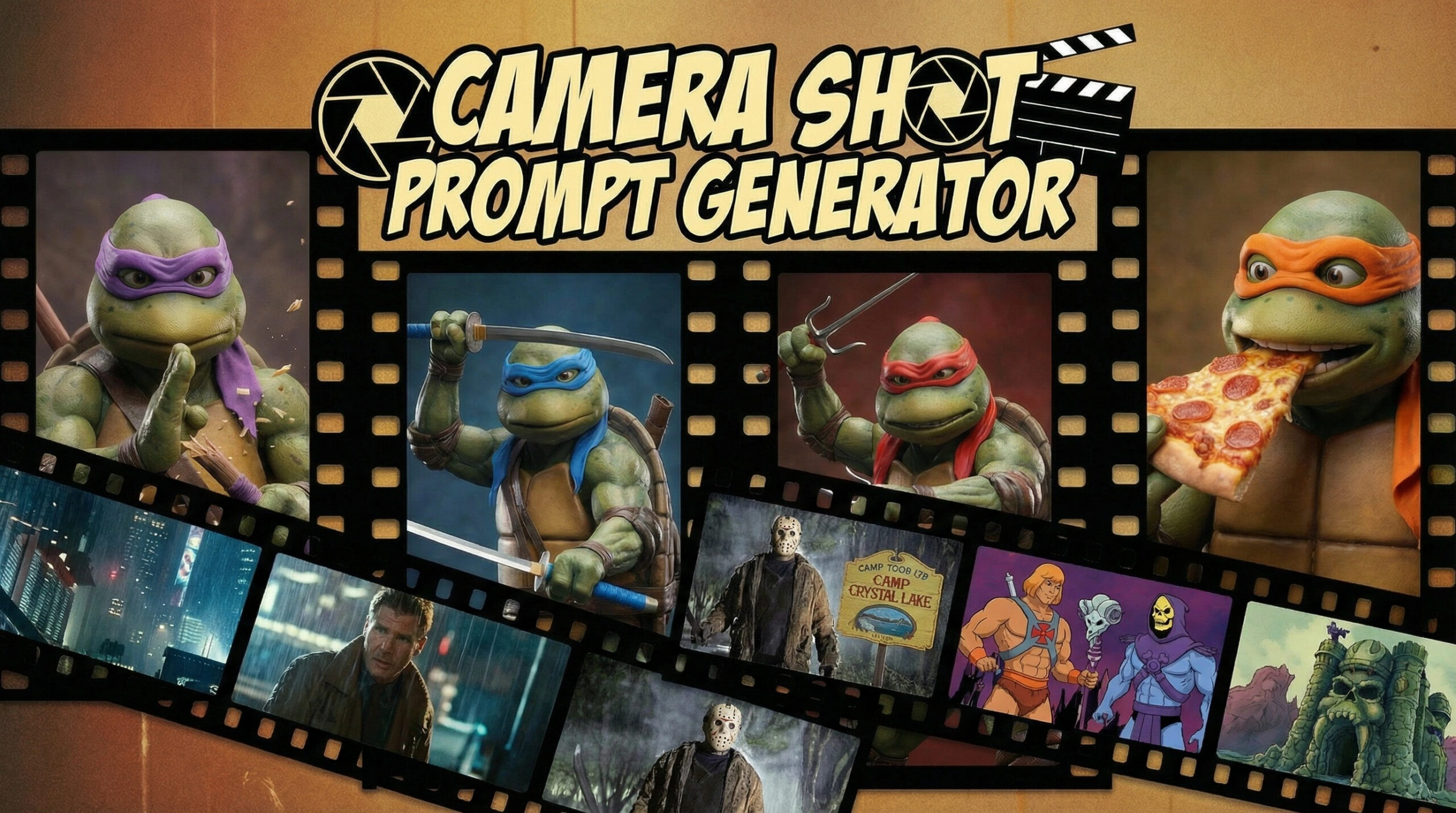
AI in Content Creation: A Controversial Shift in the Creative Industry
Artificial intelligence (AI) transforming marketing and content creation, as well as many other industries. According to a recent report, the market for AI in marketing is expected to grow from $15.84 billion in 2021 to a whopping $107.5 billion by 2028.
But what does this mean for content creators? Will AI replace them, or enhance their skills and output? This is a hotly debated question that has sparked both excitement and fear among marketers, content creators, and futurists.
A Controversial Shift in the Creative Industry
In this blog post, we will explore the current state of AI in content creation, and how it is impacting various domains such as content marketing, technical writing, social media management, and beyond. We will also look into the future of AI and content creation, and how it will affect the roles, responsibilities, and opportunities of content creators.
We will discover how AI is enabling the rise of the Creator Economy, where anyone can create and monetize digital content with the help of AI tools. We will also see how AI is becoming an art and content generator, capable of producing high-quality and original content that can rival human creativity. But most importantly, we will learn how to prepare for the future, where AI will be an indispensable tool for content creation, and where adapting to its ever-changing capabilities will be a necessity. This is a story of the thrilling yet uncertain future where human creativity and AI will merge, and reshape the landscape of content creation.
Table of Contents
The Current State of AI in Content Creation
AI is not just a trendy term. It’s a phenomenon that is transforming the world of marketing and content creation, as well as many other industries. AI is not just a theoretical concept, but a practical tool that’s already having a profound impact on the way content is created and distributed.
- Ideas and Inspiration: AI is becoming a catalyst for content creators. According to HubSpot’s State of AI survey, a remarkable 33% of marketers who use AI turn to it for generating ideas and finding inspiration for their content. This indicates a significant shift from traditional brainstorming methods, with AI offering a plethora of possibilities for stimulating creativity.
- Mood Boards and Visual Content: AI-enabled tools like Kive.ai are empowering creators in novel ways. For instance, filmmakers and photographers are using Kive.ai to create mood boards that establish the mood for their visual storytelling. It eliminates the cumbersome process of scrubbing through videos, taking screenshots, and editing for video treatments. By allowing creators to extract frames from videos effortlessly, AI tools like Kive.ai save hours of valuable time and make the creative process more efficient.
- The Human Touch: While AI is a useful assistant, it is important to acknowledge that it doesn’t replace the human element in content creation. Erica Santiago, a content marketer and writer, emphasizes that AI augments the work of writers and thinkers rather than replacing them entirely. Content creation is inherently subjective, depending on the nuanced understanding and creativity of human minds. This implies that while AI can accelerate and enhance content creation, it still requires the critical thinking and creative input of individuals.
- Optimism for the Future: The survey results reveal a prevailing optimism among marketers. A remarkable 77% believe that generative AI will help marketers create content more efficiently, showing the potential for a harmonious collaboration between human and machine. Moreover, 79% are confident that generative AI can improve the quality of the content they create, indicating a future where AI-driven enhancements are the norm.
Erica Santiago’s perspective echoes the prevailing sentiment among professionals: AI will be a valuable ally, enhancing content creation, but not making creators obsolete. The current state of AI in content creation is an era of co-creation, where human ingenuity and AI-driven efficiency work together. This partnership opens the door to a future where content creators can leverage the full potential of AI, allowing them to focus on their core strengths and deliver even more impactful and compelling content.
The Controversy: AI vs. Content Creators
AI is altering the world of content creation, sparking a heated debate about whether AI will eventually replace content creators. While the current state of AI shows a cooperative relationship between humans and machines, the future is unclear, with persuasive arguments on both sides of the issue.
- The Potential for Skill Replacement:
One of the main arguments for AI replacing content creators is the unstoppable progress of technology. History has shown that when new technologies emerge that can do tasks more efficiently, certain skills become obsolete. Today, we see a decline in interest among people who want to learn traditional skills like drawing, as AI shows its ability to create artwork that rivals human skill. Copywriting, too, faces the looming threat of AI, with algorithms creating compelling content that rivals the work of human writers. - The Shift in Creativity:
Creativity, once thought to be the unique domain of human minds, is also under the scrutiny of AI. While creators continue to bring original ideas and concepts to the table, there is a growing realization that AI can learn and copy these creative processes. The result is a scenario where AI becomes adept at producing content that mirrors human creativity, potentially changing the very nature of content creation. - The Evolving Industry:
The introduction of AI into content creation has the potential to trigger a significant change in industries that depend on creative professionals. The creative landscape is changing, and jobs that were once defined by human effort may shift to tasks that involve the use of AI tools and automation. The transition from AI as an assistant to AI as a primary content creator could be inevitable as the technology matures. - The Creator Economy:
The rise of the Creator Economy, characterized by remote work and the blending of creative endeavors with professional careers, adds another layer of complexity to the debate. As AI takes on a more prominent role in content creation, individuals and professionals may need to adapt to remain competitive in a market where authenticity and creativity will be highly valued. - The Competition:
AI also poses a challenge for content creators in terms of the level of competition they face. While AI can enable indie workers to create work that can resemble big studios, it can also give big companies an edge to utilize AI in a bigger capacity that will be so vast that the smaller one person team using AI cannot compete. For example, Netflix uses AI to create personalized recommendations, optimize streaming quality, and produce original content that appeals to its audience. Similarly, Disney uses AI to create realistic animations, enhance storytelling, and improve customer experience2. These examples show how big companies can leverage AI to gain a competitive advantage in the content creation industry, making it harder for smaller players to survive.
While the controversy continues, the critical question remains: Can the potential influx of new AI-driven jobs offset the displacement of traditional creative roles? The future seems to lead to a Creator Economy where many individuals work from home, supported by AI tools, in an economy that is already trending towards remote work. The ultimate outcome of this change remains uncertain, but the prospect of AI playing a more significant role in content creation is undeniable, challenging creators to adapt and find their place in this changing industry.
AI and the Creator Economy
The Creator Economy is an ecosystem where individuals create online content and monetize it. It emerged from the development of the internet, social media, and digital platforms, which provide tools and opportunities for individuals to express their creativity and build large audiences online. The Creator Economy depends on remote work and digital platforms, and AI is a going to play a big role in it sooner than you think.
AI enables individuals to work from home, using AI to simplify tasks and enhance their creativity. AI also plays a pivotal role in content creation, transforming various domains within the Creator Economy, such as the following:
Motion pictures:
- AI tools such as Stable Diffusion and ControlNet can change the way we create visual effects or live action movies, by generating realistic and diverse images, animations, and sounds based on user input.
- AI tools can also change how we motion capture, by using canny technologies to track and analyze human movements and expressions, and transfer them to digital characters.
- AI tools can also be used as a production piece that can create and composite things using tools introduced more recently, such as inpainting and prompt to video tools, which can fill in missing or unwanted parts of an image or video, or generate a video based on a text prompt.
- AI tools are still in the early stage, but some of them are production ready for creating amazing visual effects, detouring from the more familiar polygonal workflow that we’ve been accustomed to for the last 20 years.
Gaming:
- AI tools such as Stable Diffusion and ControlNet can also transform the gaming industry, by creating realistic and diverse gaming sprites, 3D assets, characters, scenes, and stories based on user input.
- AI tools can also help us create more realistic games, by getting away from polygon and the rigging system, and using generative AI to create lifelike graphics and physics.
- AI tools can also help us create more engaging games, by using technologies like ControlNet, to lock the generated sprites and animations into rigs, and make them responsive to user actions and interactions.
- AI tools can also help us create more personalized games, by analyzing user preferences, behavior, and feedback, and providing customized game content and recommendations.
- AI tools can also inspire us to create more innovative games, by generating new concepts and ideas that we haven’t heard of yet.
Fashion:
- AI tools such as Generative Adversarial Networks (GANs), StyleGAN, and FashionGAN can revolutionize the fashion industry, by creating realistic and diverse fashion images, models, and outfits based on user preferences, trends, and data.
- AI tools can also help us create virtual wardrobes, by allowing us to design, showcase, and sell our own fashion collections online, or by allowing us to discover, try, and buy fashion items online, using virtual fitting rooms and augmented reality.
- AI tools can also help us create social media content, by integrating with platforms like Instagram, and allowing us to product tag our own photos, and see how the fashion items would look on us in all angles.
- AI tools can also help us create new ways to censor images, by using inpainting and other techniques to remove or replace unwanted or inappropriate parts of an image.

nn Introduction n The concept of censorship on social media platforms has always been a controversial issue. While necessary for ensuring a safe and appropriate environment, it can often detract from the overall user experience, leading to frustrating experiences such as scrolling through endless streams of blurred out images. nn But what if censorship didn’t…






Leave a Reply